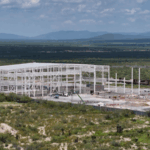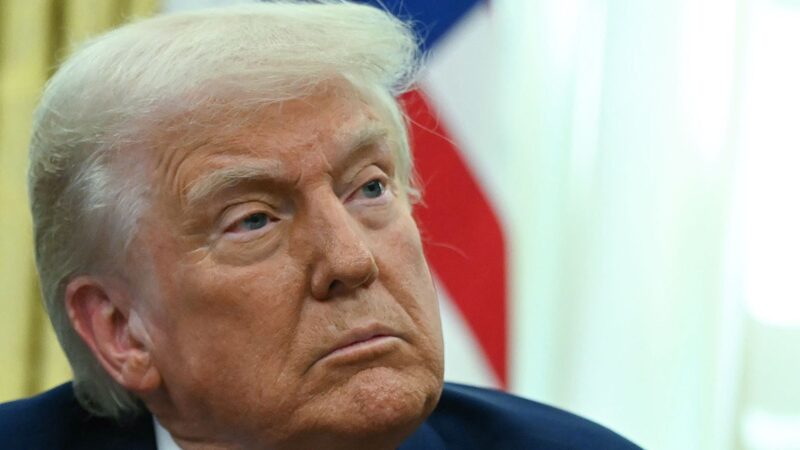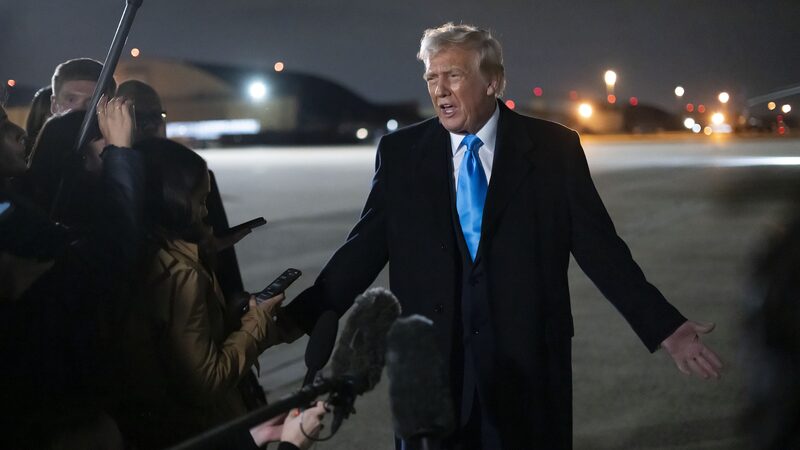As U.S. tariffs disrupt traditional trade patterns, nations across the Americas are accelerating efforts to diversify economic partnerships, with many exploring stronger ties with Asian and European markets. Recent data shows countries like Brazil and Mexico are increasingly redirecting agricultural exports and manufacturing components to China and EU member states, while Central American economies seek new regional agreements.
This strategic shift comes as reciprocal tariffs between the U.S. and several American nations reach 10%, with some sectors facing targeted rates exceeding 25%. Analysts suggest the moves could reshape supply chains in key industries from automotive manufacturing to renewable energy technology.
"The tariff environment has become a catalyst for innovation in trade diplomacy," noted a senior trade analyst at the Inter-American Development Bank. "We're seeing unprecedented interest in multilateral agreements that bypass traditional hemispheric trade routes."
While some experts warn of short-term economic adjustments, others highlight potential long-term benefits from diversified trade portfolios. The trend coincides with increased Asian investment in South American infrastructure projects and growing technology transfers between Southeast Asian and Latin American markets.
Reference(s):
cgtn.com







